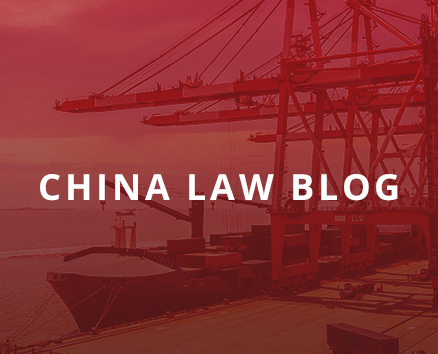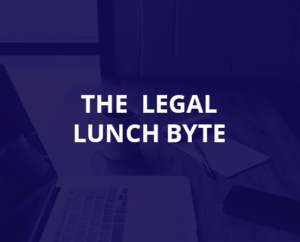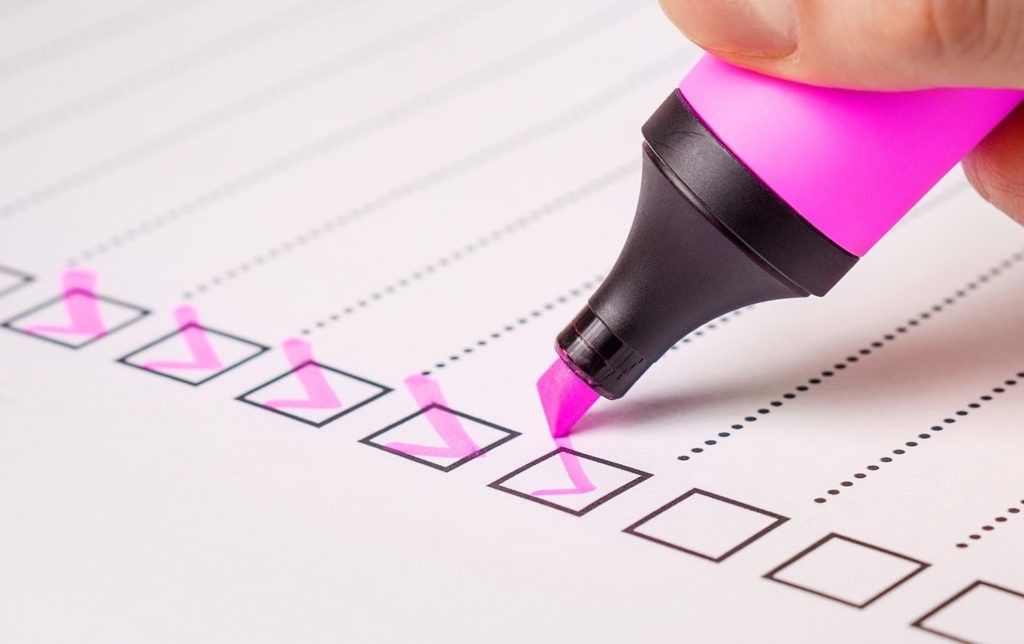Properly Executed China Contracts
Nearly two decades ago, our law firm represented an American company in acquiring a large Chinese business. The deal was complex, involving substantial financial stakes and numerous contracts that required flawless execution. To ensure everything was managed correctly, we developed a comprehensive contract signing checklist, a tool we’ve since refined and utilized in countless Chinese (and international) transactions since.
I was reminded of the immense value of this checklist today when I was cc’d on an email from one of our lawyers to a client who had asked whether their contract could be e-signed or not (the answer was no). Yet despite its utility, we’ve never shared it on our blog, That changes now.
A Word of Caution!
Before diving into the specifics of our China Contract Signing Checklist, it’s crucial to understand that each contract and situation is unique, and that this checklist is not a one-size-fits-all solution. It was originally drafted as a guide to mitigate legal risks in high-stake transactions involving Chinese companies. But in pretty much every other situation (and oftentimes even in this situation), it will make sense to modify it to fit the deal you are doing and the parties with which you are doing the deal.
1. Although Hong Kong is part of China, the legal framework there differs significantly from Mainland China. Therefore, this checklist does not apply well to contracts governed with Hong Kong companies or even to contracts with Chinese companies where Hong Kong is the applicable law
2. This checklist was originally created for large, high-risk transactions like mergers and acquisitions (M&A). Though it offers guidance for those managing routine agreements with Chinese companies it needs to be appropriately toned down to reflect the scale and risk involved with a smaller and less risky transaction. In other words, what makes sense for a $100 million deal is not going to be the same thing that makes sense on a $780,000 deal with a publicly traded company.
3. Our China Contract Signing Checklist says to confirm the authenticy of the Chinese counterparty’s chop, but how do you do that? Well in really big deals, we’ve sent Chinese-licensed attorneys to remote provinces to verify that the company chop on the contract matched official records. Each time, we’ve done this, our client has incurred at least $5,000 in legal fees. Whereas, for smaller, more routine agreements, such as buying $75,000 worth of widgets a month from a well-known Chinese factory, our lawyers will do little more than look at the chop to confirm that it looks “right” and not charge a thing. For more on what to do with a China company chop, check out China Contracts That Work: Get the Company Chop Right.
In other words, the below checklist provides general guidance and it is not a substitute for professional legal advice. Each transaction is unique, and tailored legal counsel should be sought to address specific needs.
The China Contract Signing Checklist
The below is intended to be a step-by-step guide to ensure your contracts with Chinese companies are properly executed and legally enforceable. Adhering to these best practices can significantly reduce legal risks and help prevent costly disputes. Follow these steps to help ensure the legal validity and enforceability of your China contract.
- Obtain Wet Ink Signatures
- Ensure both parties sign all copies of the agreement with wet ink signatures.
- Electronic signatures are not always sufficient for enforceability in China.
- Full Page Execution
- Ensure all pages are signed or initialed (except for the final signature page).
- Signatures or initials must be legible and consistent across all pages.
- Verify and Apply the Official Company Chop (公章, gōngzhāng)
- Confirm the authenticity of the Chinese company’s official company chop.
- Ensure the company chop is clearly affixed on the final signature page.
- Obtain a copy of the Chinese company’s business license for chop verification.
- Document Exchange and Verification Process
- Document Preparation: Prepare two identical original copies of the agreement.
- Dispatching the Documents: Sign both copies in wet ink and affix your company chop (if applicable). Send both signed copies via a reputable international courier with tracking and proof of delivery. Record and save the tracking information.
- Initial Scan Review: Request a high-resolution scan of the fully signed and chopped agreement before the hard copy is returned.
- Receiving the Signed Copy Back: Require the Chinese company to return one fully signed and chopped original copy via the same courier. Record and save the tracking information.
- Final Verification: Upon receipt, verify the signatures and company chop, presence and order of all pages, and consistency between the scanned and hard copy versions.
- Critical Considerations
- Do Not Proceed Without Full Execution: Do not make payments, place orders, or move forward with any contractual obligations until the fully executed agreement is received and verified.
- Authorized Signatory Confirmation: Ensure the individual signing on behalf of the Chinese company is duly authorized. If necessary, request a power of attorney or authorization letter.
- Communication & Recordkeeping: Ensure all relevant parties understand and follow these procedures. Maintain detailed records of all communications, tracking information, and document copies.
Why This Checklist Is Important
For newcomers to Chinese business practices, the emphasis on proper contract execution may seem excessive, but there are critical reasons why these procedures are necessary:
Legal System Differences
China operates under a civil law system fundamentally different from common law systems like those in the US or UK. Without proper execution, your contract may not be recognized by Chinese courts, leaving you with no legal recourse in case of disputes.
Real-World Consequences: We’ve seen multiple cases where improper execution led to disaster. In one instance, a US manufacturer paid a $200,000 advance to a Chinese supplier based on a contract signed only by an employee who wasn’t the legal representative. When the supplier failed to deliver, Chinese courts refused to recognize the contract’s validity, and the manufacturer lost their entire investment.
Chop Verification Importance: Another client faced a situation where they signed a contract with someone who had fraudulently obtained a fake company chop. The real Chinese company had no knowledge of the agreement, and our client had transferred significant intellectual property before discovering the fraud. Had they verified the chop’s authenticity as our checklist recommends, they could have avoided considerable losses.
Enforcement Challenges: Even when contracts are properly executed, enforcement in China can be challenging. Without meticulous attention to execution details, you’re essentially operating on trust alone—a risky proposition in any international business relationship.
Understanding these risks highlights why seemingly bureaucratic procedures are actually essential safeguards for your business interests when dealing with Chinese companies.
Conclusion
Properly executed contracts are the foundation of successful business relationships with Chinese companies. By following the procedures in the checklist above—appropriately tailored by your legal counsel to your specific situation—can significantly reduce legal risks, ensure enforceability, and protect your interests.

























